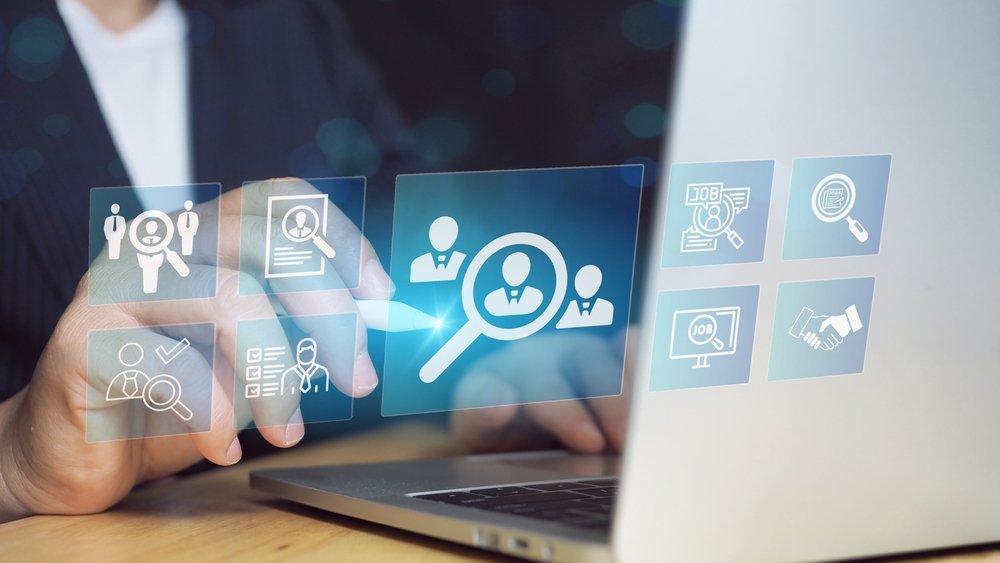How HR Automation is Changing the Workplace

Human Resources (HR) automation is revolutionizing the workplace by transforming traditional HR processes and enabling organizations to operate more efficiently, effectively, and strategically. As businesses face increasing demands for operational agility and employee-centric solutions, automation is becoming a vital tool for streamlining tasks, enhancing employee experiences, and driving organizational success.
This article explores how HR automation is reshaping the modern workplace, the benefits it offers, the challenges it presents, and what the future holds for HR automation in a rapidly evolving business landscape.
"HR automation is not just changing how work gets done—it’s redefining the workplace by empowering people, streamlining processes, and unlocking strategic potential."
Richard Branson
Introduction to HR Automation
HR automation involves leveraging technology to streamline and optimize core human resource processes such as recruitment, onboarding, performance management, and compliance. By replacing manual tasks with digital workflows, it reduces administrative burdens and allows HR teams to focus on more strategic, high-impact initiatives. Beyond efficiency, automation transforms HR into a more dynamic and responsive function, capable of adapting to the fast-paced demands of today’s evolving workplace.
Key Areas of HR Impacted by Automation
HR automation significantly enhances recruitment and onboarding by using AI tools to screen resumes, identify top candidates, and automate interview scheduling and communication. It also simplifies onboarding through digital document submission and virtual orientation programs, creating a smoother and faster experience for new hires.
In payroll and benefits administration, automation ensures accuracy by automatically calculating wages, deductions, and taxes. Self-service portals empower employees to manage their own benefits enrollment and updates, reducing administrative workload and minimizing errors.
For employee engagement and performance, automated tools like chatbots enable real-time communication, while surveys and feedback systems help monitor satisfaction. Performance management is improved through automated goal-setting reminders and continuous feedback tools. Compliance is also strengthened, with automation tracking regulatory changes and ensuring timely reporting to reduce legal risks.

Benefits of HR Automation in the Workplace
-
Efficiency Boost Automation minimizes repetitive tasks like data entry and payroll processing, freeing HR teams to focus on strategic goals such as planning, development, and employee engagement.
-
Employee Empowerment Self-service tools give employees quick access to personal data, benefits, and HR support, leading to improved satisfaction, faster service, and increased workplace autonomy.
-
Smart Insights Analytics tools offer real-time insights into recruitment, performance, and retention trends, enabling HR leaders to make data-driven decisions that support long-term success.
-
Cost Savings By automating manual workflows and reducing administrative errors, organizations cut HR-related costs while improving accuracy and operational consistency.
Also Read: The Best HR Automation Companies of the Year
Challenges of Implementing HR Automation
Implementing HR automation can present several challenges, including resistance to change, as employees and HR teams may fear job displacement or struggle with unfamiliar technology. Data privacy and security also pose significant concerns, as managing sensitive employee information demands strong cybersecurity protocols to prevent breaches and ensure compliance with regulations. Additionally, integrating new automation tools with existing legacy systems can be technically complex and time-consuming, requiring careful planning and resource allocation.
How HR Automation Improves Employee Experience?
HR automation enhances the employee experience by introducing self-service portals that allow individuals to access pay stubs, request leave, and update personal details independently, fostering greater autonomy and satisfaction. AI-powered chatbots further improve responsiveness by instantly handling routine HR queries, reducing wait times and easing the workload on HR teams. Additionally, personalized learning and development tools use automation to recommend tailored training programs based on each employee’s role, skill set, and career aspirations, promoting continuous growth and engagement.
Case Studies: Companies Transforming Workplaces with HR Automation
Real-world success stories highlight the transformative impact of HR automation across industries. A tech company adopted an AI-powered recruitment platform, reducing time-to-hire by 30% and significantly improving the quality of its hires. In the retail sector, a large chain automated its payroll system, eliminating errors and ensuring accurate, timely payments for over 10,000 employees. Meanwhile, a healthcare provider streamlined its onboarding process with an automated platform, cutting down paperwork and boosting new hire satisfaction by 40%.

Future Trends in HR Automation
The future of HR automation is being shaped by emerging technologies that enhance strategic decision-making and employee development. AI and machine learning will provide predictive insights into employee behavior, helping organizations anticipate workforce needs and reduce turnover. Predictive analytics will further support workforce planning by analyzing trends in hiring, productivity, and attrition, enabling HR teams to implement proactive strategies. Additionally, virtual reality (VR) is set to revolutionize employee training by offering immersive, hands-on learning experiences, especially valuable for roles that require practical skill application.
How to Successfully Implement HR Automation?
Successfully implementing HR automation begins with assessing organizational needs by identifying pain points in current HR processes and prioritizing solutions that address those challenges effectively. Selecting the right tools is equally important—organizations should choose platforms that align with strategic goals and integrate well with existing systems to ensure a smooth transition. Finally, employee training and change management are crucial; educating staff about the benefits of automation and providing proper training helps ease resistance and ensures successful adoption across the organization.
Conclusion
HR automation is changing the workplace by enabling organizations to operate more efficiently, respond to employee needs faster, and leverage data for better decision-making. As automation continues to evolve, businesses that embrace these technologies will not only improve their HR operations but also create a more engaged and productive workforce.
From recruitment to compliance, the impact of HR automation is profound, making it an indispensable tool for navigating the complexities of the modern workplace. For organizations looking to stay competitive, investing in HR automation is not just an option—it’s a necessity.





